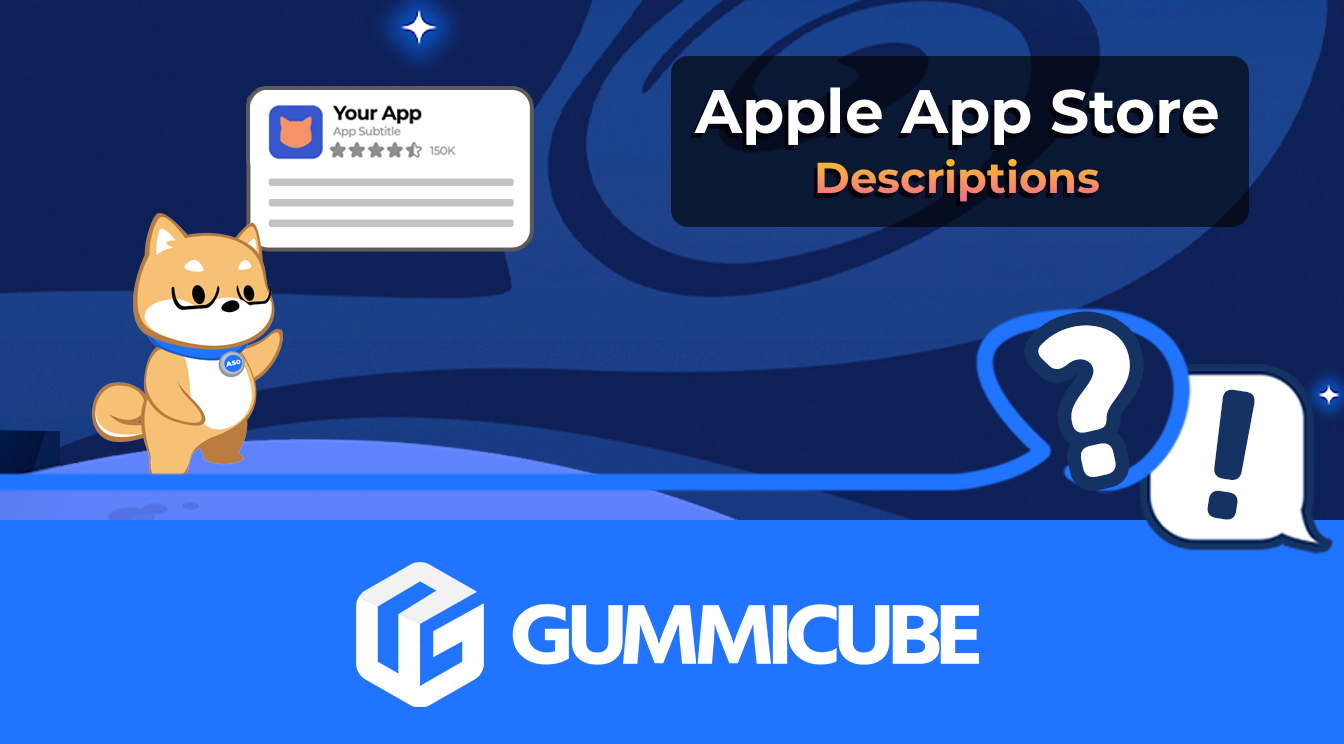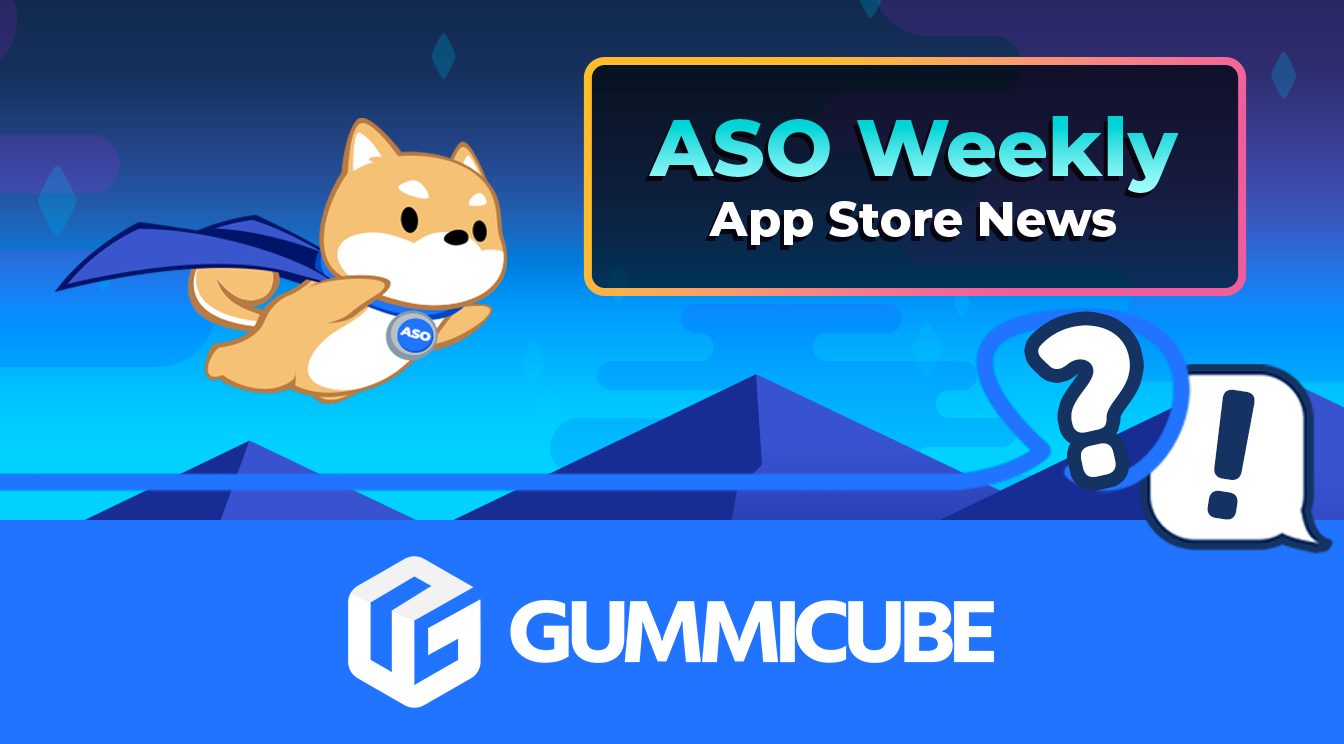
How to Write an Apple App Store Description
Posted on July 17th, 2024
Learn how to approach App Store descriptions the right way so you can effectively engage and convert users.

The app market is global, reaching users on every nation and in every language. Many developers have apps available in several countries, which requires localizing their App Store and Play Store listings for the languages they’re available in. As localization is an important part of App Store Optimization, it’s important to understand how to maintain ASO during the translation process.
Localization
Localization has always been necessary for releasing apps in new countries. This includes adjusting the screenshots for regional styles and locations, emphasizing different features depending on what certain regions like and creating videos in different languages.
The app stores are also aware of the importance of localization. Apple recently expanded Search Ads to over 40 new countries, along with localizations for additional languages. Similarly, Google Play recently created custom store listings to target certain languages and countries. These make it easier for developers to create store listings in any number of languages and reach users in a wider range of countries.
Simply translating a description is not a good strategy for App Store Optimization. In order to maintain optimization in each region and language, it’s important for developers to take a hands-on approach with their translations.
Keyword Localization
A keyword may not maintain the same search volume across languages, especially if there are multiple words that may mean the same thing. When localizing an app store description and keywords, it’s important to find the appropriate word or words with the highest volume.
For instance, the English keyword “read,” which can be used for newspaper apps, e-readers, comic apps and so forth, can be translated into Chinese in a number of ways. Running it through Google Translate alone provides multiple options, such as 读, 阅读 and 开卷. While each is presented as a translation of “read,” they have different contextual meanings as well as different search volumes in the App Stores.
Developers need to determine what keywords are high-volume and relevant in each language they’re localizing for. Directly translating a keyword from one language to another may result in a low-volume term, whereas another keyword in that language would provide the same meaning while providing much more search volume.
This does mean you’ll need to examine and research keywords in every language the app is available in.
This is the case even when localizing for regions that use the same language; slang alone may create a large disparity in keyword volume across different parts of the world. Understanding what term people search for in each region is just as important as for each language. For instance, in the US, users may search for “slot machine” apps. In the UK, users instead search for “fruit machines,” and in Australia, they search for “pokies.” Finding the right terms with high volumes in each country can help an app succeed.
Maintain Formatting
Not all languages follow the same rules for sentence structure and grammar, but ASO best practices are consistent no matter what the language. When localizing an app’s description, it’s important to maintain formatting for App Store Optimization and keyword indexation.
Localizing a description may result in two short lines turning into a lengthier paragraph. On the Apple App Store, it’s important to keep each line short and to the point so it’s easy to read on phone screens at a glance and while scrolling. If a translated line gets too long, it may be possible to reword it into something shorter and easier to read.
On the Google Play Store, a keyword’s placement in the description is essential for its indexation. If a translation moves a keyword from the front of a sentence to the middle, it will be harder to rank for that term. Translators need to keep ASO best practices for description formatting in mind so that the completed translation keeps the keywords properly placed.
Overall
While it is important to localize an app when releasing it in different regions, simply running the description through a translator will not result in a fully optimized page. The description needs to be written in each language with the keywords for each region in mind to ensure that each variant focuses on the top keywords for that country. The localized description should also maintain the proper formatting for each App Store, especially regarding line length and keyword placement.
With proper App Store Optimization, an app can succeed in stores around the world. This will require effort and maintenance in each region to ensure each one is properly optimized for the country it’s available in. As the app goes through multiple iterations, each region’s page will begin to look more and more different from the others as they’re adjusted to the search habits and preferences of the area’s users. In the end, the optimization will be all the better for the effort that goes into it.
Want more information regarding App Store Optimization? Contact Gummicube and we’ll help get your strategy started.

Learn how to approach App Store descriptions the right way so you can effectively engage and convert users.

Learn how to grab your audience's attention through effective and engaging app store preview videos.

Welcome to this week’s ASO Weekly - The App Store halts gambling ads amidst outcry and the Apple takes a bite out of NFT app sales.